Description
Wine producers from generation to generation
Rooted in Fèrebrianges since 1949, our winegrowing history began with Albert, who founded the domaine. Along with the land, he passed on his ethos to the generations that came after him: strong values, commitment, and above all, a passion for the terroir and the wine.
André (the third generation of the family) has been running the domaine with his wife Brigitte since 1986. He increased the surface area of the vineyards in the Vallée du Petit Morin, in his family’s home commune and the villages of Étoges and Congy. Later, he acquired vineyard plots in the Côte des Blancs and Sézannais areas, expanding the domaine’s Chardonnay terroirs.
In 2014, André was joined by Adrien, a trained oenologist, to whom he entrusted the winemaking. This first harvest was a reference point: Adrien tasted and vinified the grape juices from the most promising plots one by one. He developed a deep passion for our terroir and its essence and he sought to honour this in each wine he produced. Convinced of the benefits of ageing in wood, he acquired the domaine’s first barrels.
Individual plot vinification went on to become an integral part of the domaine’s winemaking approach, giving it a new lease on life.
The family epic continues
Meanwhile, Brigitte and Annaëlle, Adrien’s mother and sister, played a major role in the domaine’s development on the commercial side. Brigitte quickly recognised the potential of the Avenue de Champagne, a prestigious thoroughfare in Epernay. Here, she purchased an old 19th-century townhouse adjacent to some of the most well-known Champagne Houses. She turned the property into a guest house and wine boutique, now managed by Annaëlle.
Some time later, Adrien and Annaëlle (both lovers of good food and wine) opened a restaurant-wine bar at 5, Avenue de Champagne in Epernay, which they named La Cave de l’Avenue. Adrien has carefully curated its wine list, in which he indulges his passion for artisanal champagnes.
176 years of history
1848
Winegrower on the slopes of the Vallée du Petit Morin.
1949
Albert Bergère founded Maison A. Bergère after the Second World War. From the outset, he was keen to promote his terroir.
André Bergère took over the wine domaine and acquired additional vineyards.
Brigitte Bergère purchased the guest house on the famous Avenue de Champagne in Epernay and opened the boutique after two years of restoration work.
Annaëlle Bergère joined her parents in the family business, taking over the management of the Epernay establishment.
Adrien Bergère joined his parents and sister on the domaine, taking over the winemaking activity.
Opening of the « Bis », luxury apartments in the centre of Epernay, the capital of the Champagne region


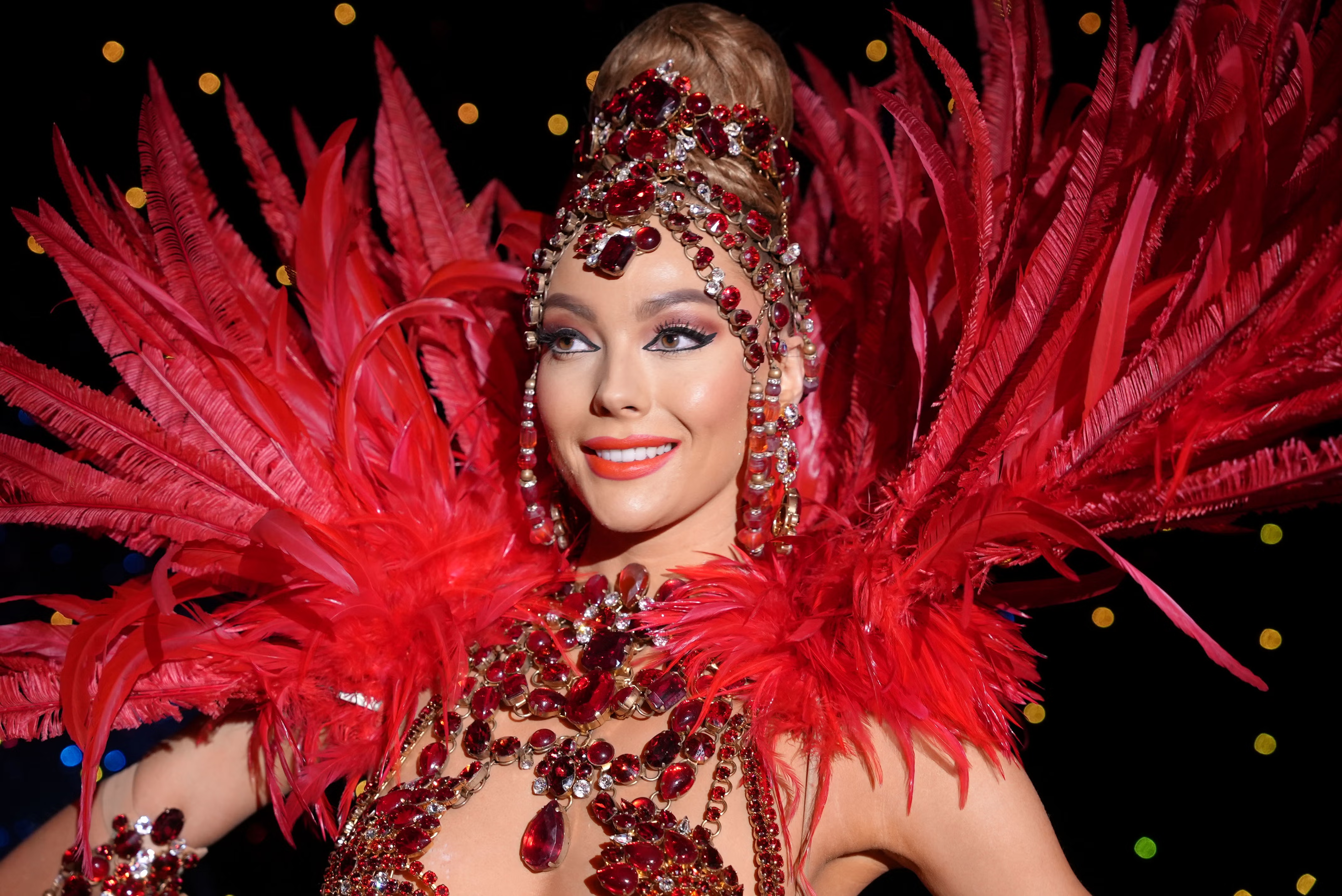
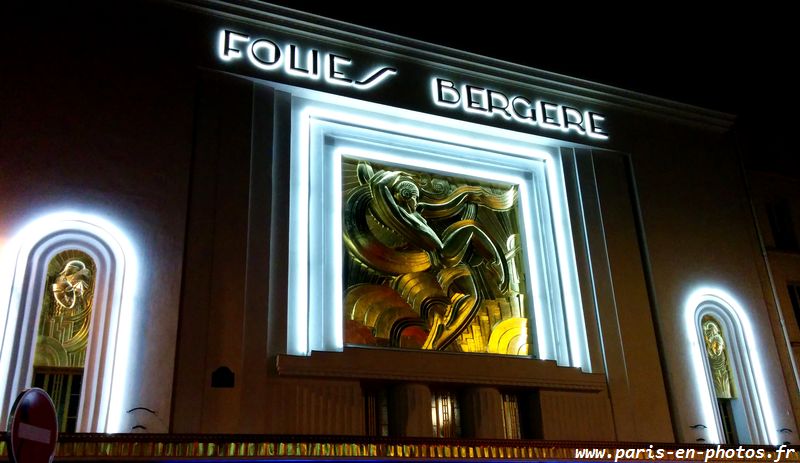
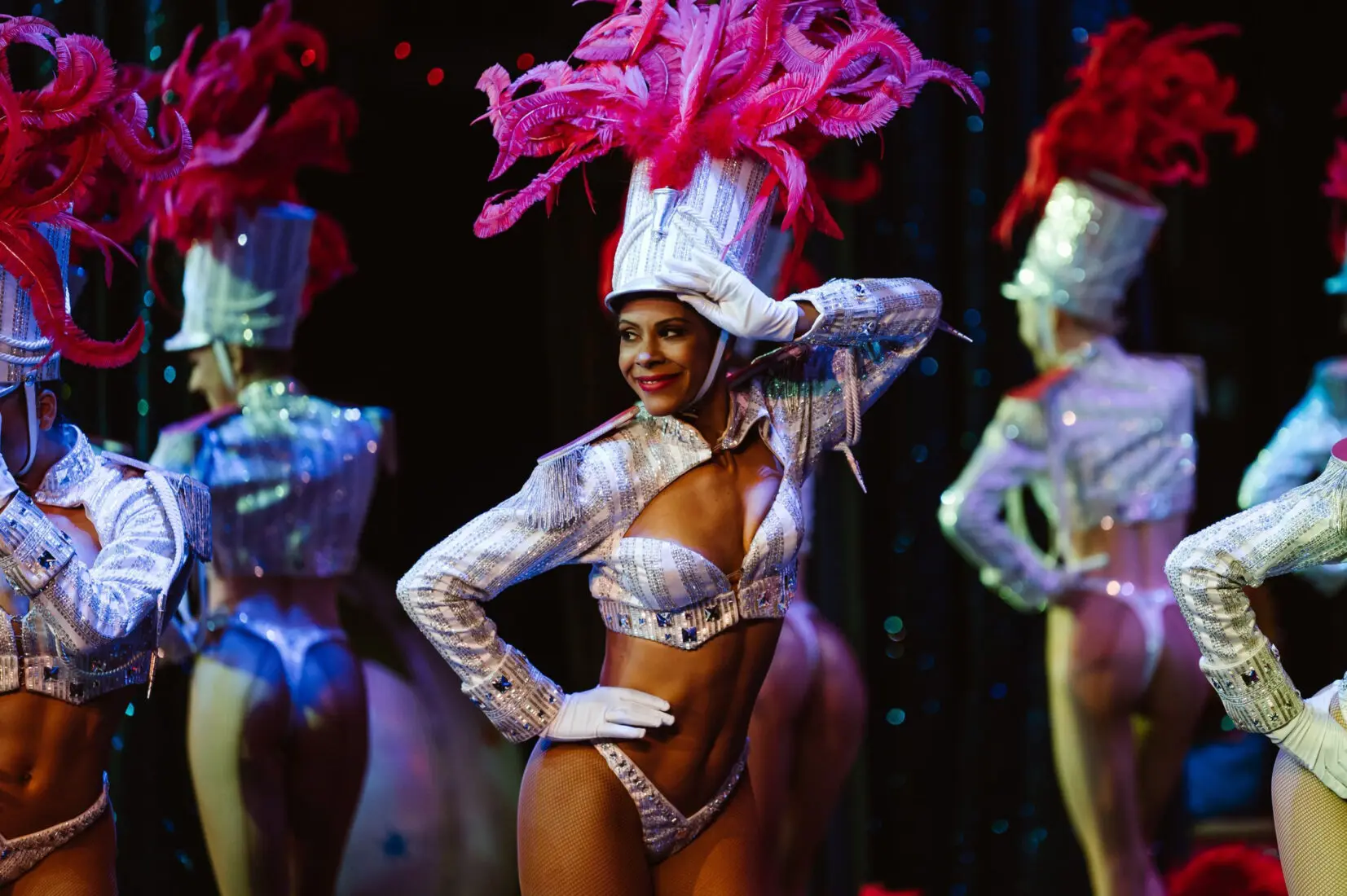
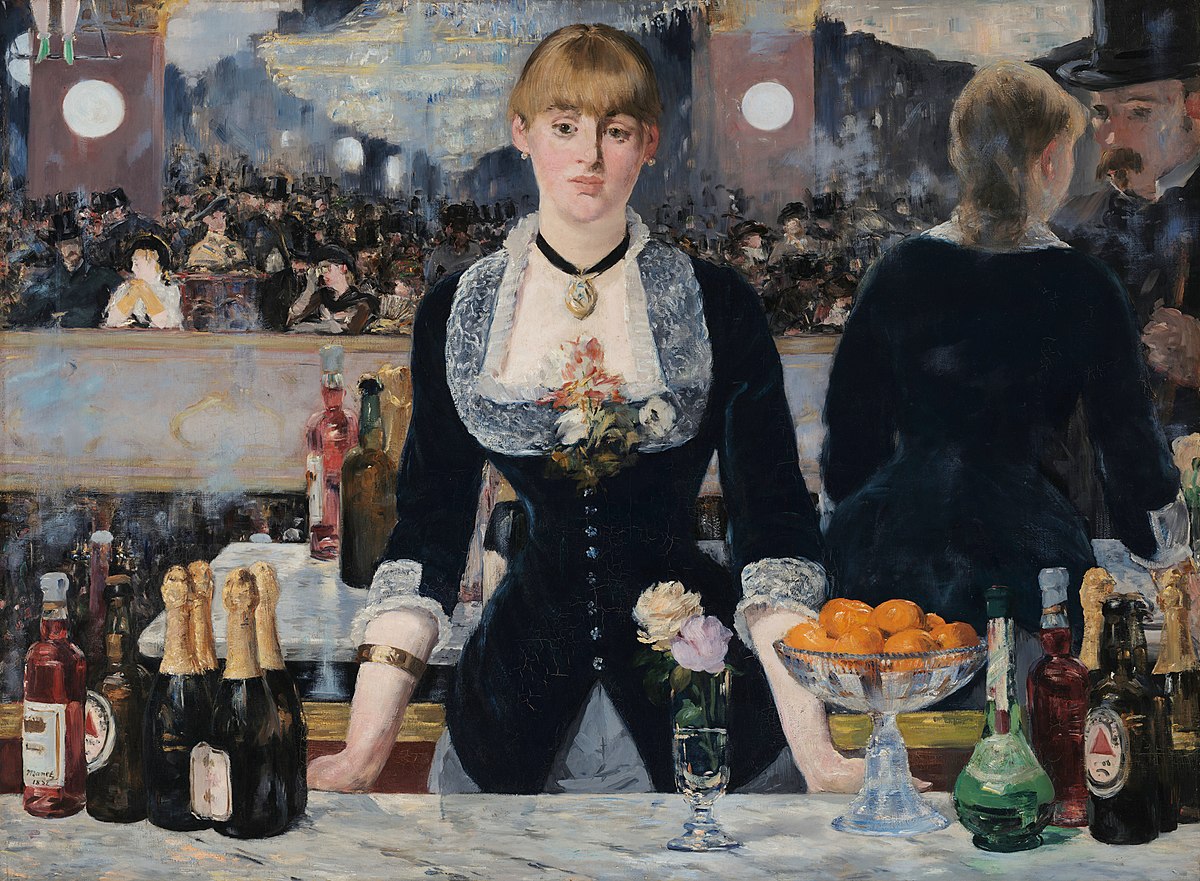
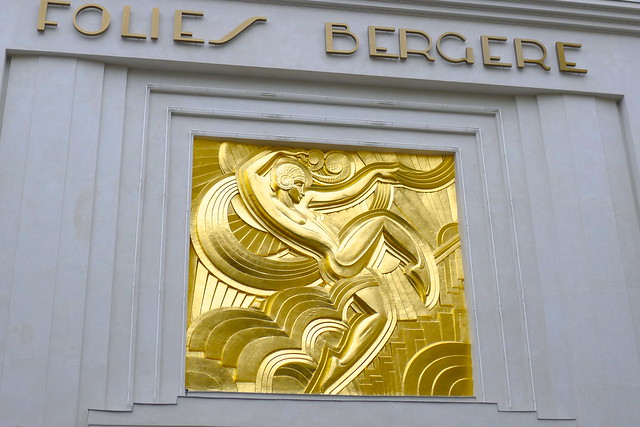
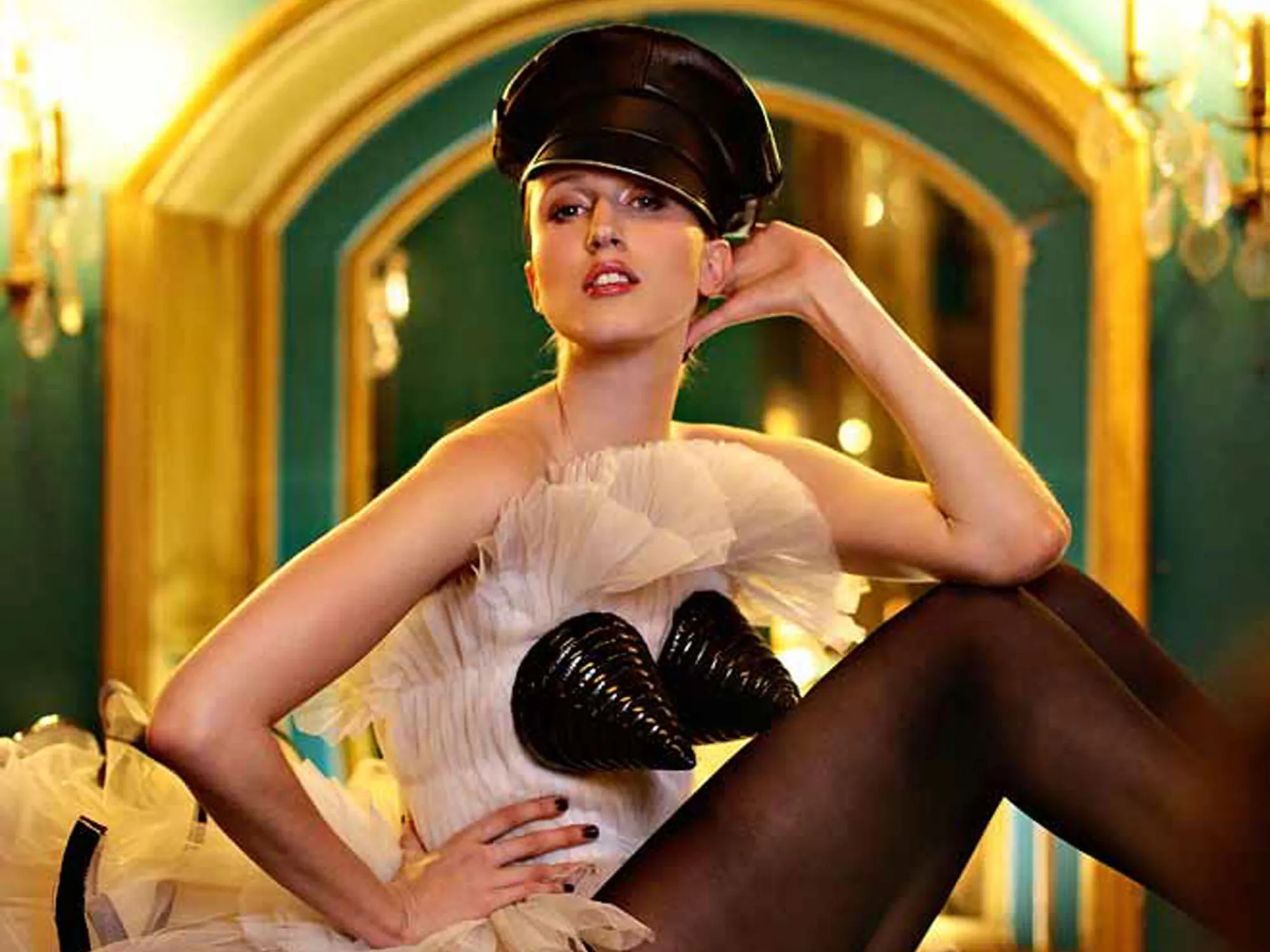
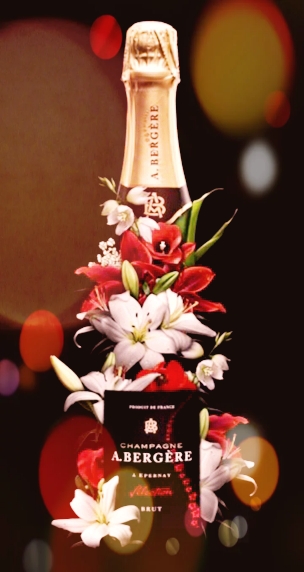
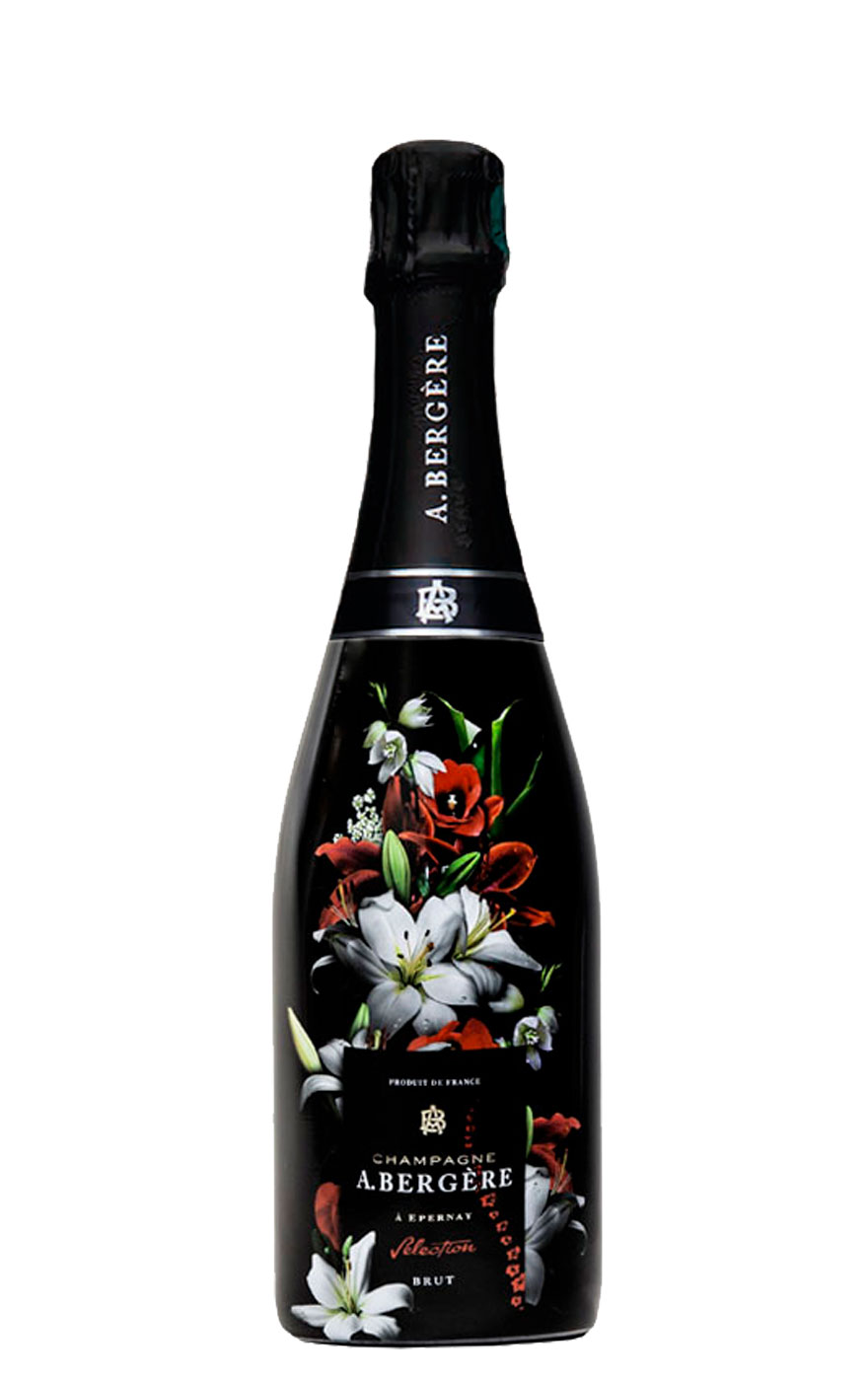
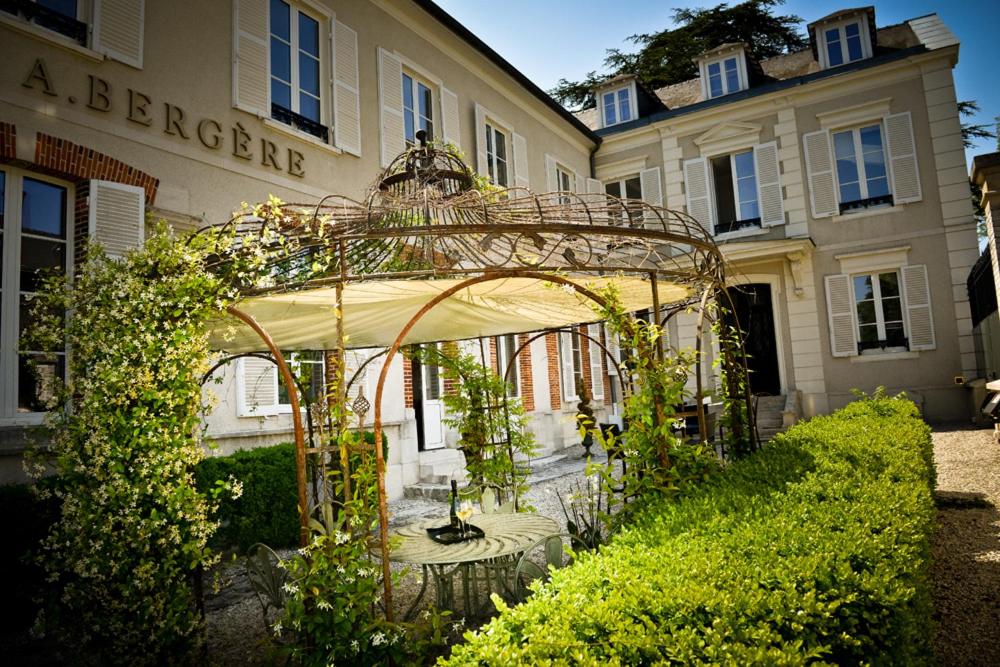
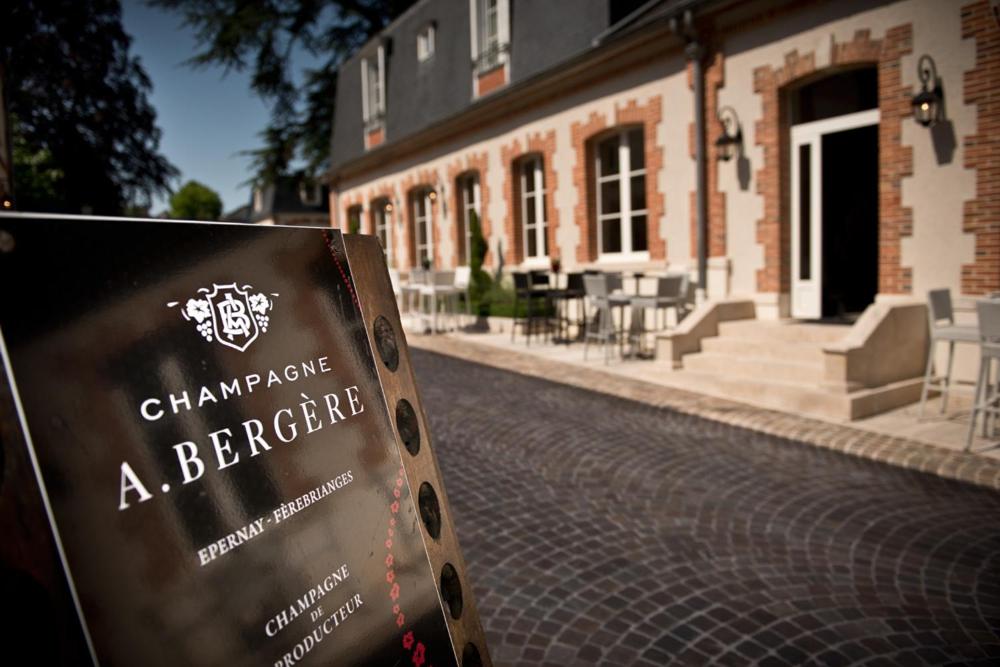

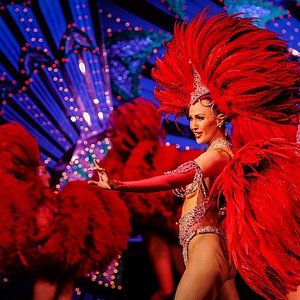
Reviews
There are no reviews yet.